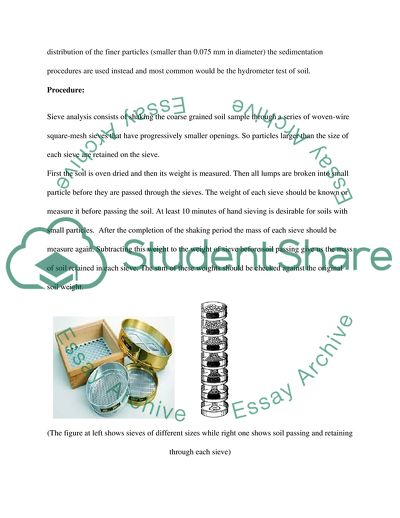Cite this document
(The Laboratory Technique to Grade Soil Lab Report, n.d.)
The Laboratory Technique to Grade Soil Lab Report. https://studentshare.org/technology/1755449-soil-grading-liquid-and-plastic-limits-lab
The Laboratory Technique to Grade Soil Lab Report. https://studentshare.org/technology/1755449-soil-grading-liquid-and-plastic-limits-lab
(The Laboratory Technique to Grade Soil Lab Report)
The Laboratory Technique to Grade Soil Lab Report. https://studentshare.org/technology/1755449-soil-grading-liquid-and-plastic-limits-lab.
The Laboratory Technique to Grade Soil Lab Report. https://studentshare.org/technology/1755449-soil-grading-liquid-and-plastic-limits-lab.
“The Laboratory Technique to Grade Soil Lab Report”. https://studentshare.org/technology/1755449-soil-grading-liquid-and-plastic-limits-lab.


